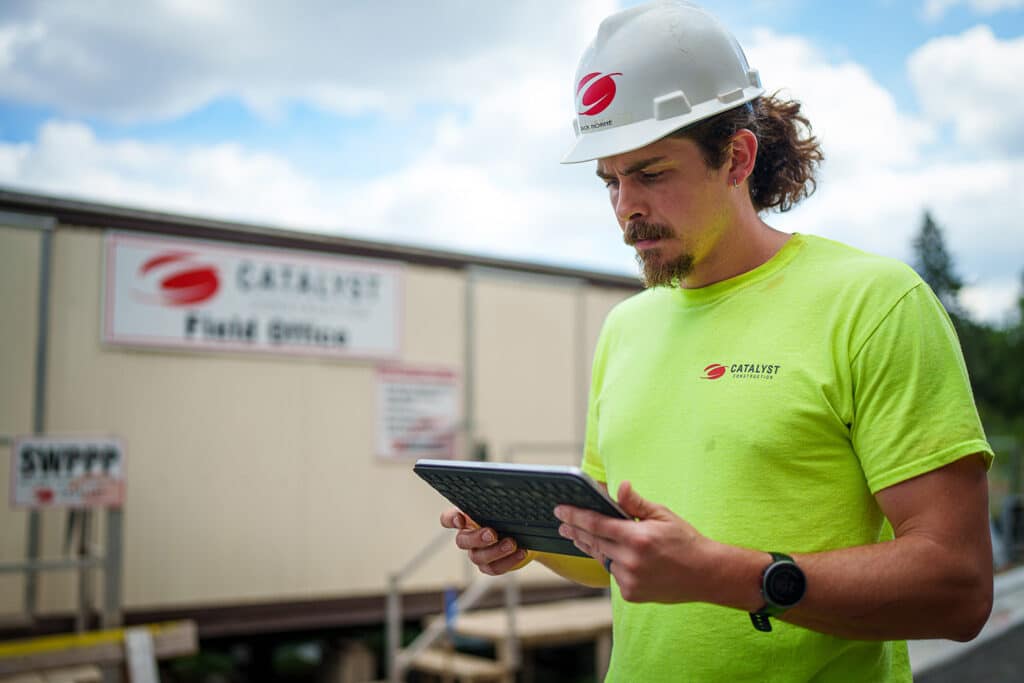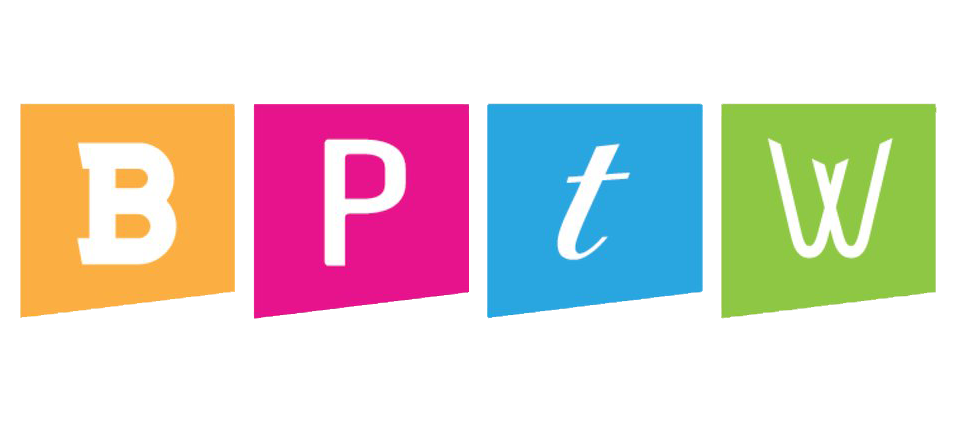It was the year 1395 when stone masons set the last brick to mark the completion of the Notre-Dame Cathedral in Paris.
Picture the pride of religious leaders as they admired centuries’ worth of work and devotion, now brought to life. But instead of opening the doors immediately to the public, they needed to take meticulous steps to ensure the cathedral was ready for the community (and beyond).
Fast-forward to the 21st century. Despite the enormous strides made in construction (it no longer takes 200 years for a project to be complete!), the post-construction process is still of the utmost importance to keep buildings timeless and structurally sound.
But what are the right steps to take once your project is complete?
If you’re feeling overwhelmed when searching for a post-construction checklist, take a deep breath—there’s no need to worry! Here are five ways to streamline the post-construction process and achieve outstanding results.
5 Ways to Streamline Your Project’s Post-Construction Process
Focusing on the post-construction process will improve your building’s performance, operations, and long-term success.
Completing a building is an exciting milestone in the construction industry, but it’s important to know that the work doesn’t end there. The post-construction process is a necessary phase that transitions your project from done to ready.
The post-construction phase is made up of several activities that assure the future success of your infrastructure.
Picture this: your construction team has wrapped up your long-awaited project, and you have opened it to the community.
Shortly after opening, occupants begin complaining about the building being too hot. It turns out that a critical inspection was overlooked, and your hired technician didn’t calibrate the HVAC system correctly.
The building now faces an unexpected shutdown until the problem is fixed. This situation underscores the importance of a post-construction checklist, which can prevent these types of costly oversights and inconvenient interruptions to the public.
But what do these activities entail?
1. Conduct Final Inspections
Conducting final inspections guarantees that your building meets the required standards and specifications. Some examples include compliance with safety codes, verification of system functionality, and ensuring that the quality of work is up to industry standards (and yours!).
The project manager needs to address any discrepancies during these inspections and be open and honest in communicating with you about his findings and sign-offs.
2. Create a Punch List
Imagine walking into your completed building and noticing a lack of light fixtures, splotchy paint, or uneven flooring.
You may feel surprised, frustrated, and a little baffled at how such essential aspects of your project could have been missed, especially if they were communicated to the project manager early in the pre-construction process.
The good news is that there is a document that prevents this situation from happening.
A punch list is a post-construction outline that addresses any work that does not comply with the contract specifications and must be completed before final payment. A punch list solves outstanding issues quickly and efficiently, making sure that your project is completed on the agreed-upon date.
3. Ensure Quality Assurance and Control
Quality assurance and control involve conducting rigorous checks, such as structural integrity assessments to determine a building’s stability, safety inspections to confirm that all safety systems are operational, and evaluations to guarantee compliance with local building codes and regulations.
For example, inspectors may verify the correct installation of fire safety equipment, check that electrical systems meet safety standards, and ensure HVAC systems function efficiently (an activity that would have helped in our previous story!).
4. Handover to the Client
Finally, the moment you’ve been waiting for: the handover process.
The handover process marks the project’s transition from the builder to the client and is composed of key information the owner needs to continue the success of their building. The project manager will provide the client with all necessary documentation, such as:
- Operation manuals
- Warranty information
- Maintenance guides
- Compliance certificates
- Communication track
- As-Built Drawings
These documents give the client confidence that their project is ready to open its doors and serve its community for its intended purpose.
5. Post-Occupancy Evaluation and Follow-up
Gathering feedback from board members and the congregation can provide different perspectives on how well the facility serves its original needs.
Schedule a follow-up visit with your team after a set period to evaluate the building’s performance, address any issues, and ensure your teams are satisfied. Ask the congregation to give their feedback in the months following the completion of the project.
Some questions to ask are:
- How well do the new spaces support your church’s activities and programs?
- Is the building comfortable in terms of temperature, lighting, and acoustics?
- Are all areas of the church easily accessible to everyone, including those with disabilities?
- Have there been any maintenance issues or operational challenges since moving in?
- How satisfied are you with the overall design and construction quality?
These questions can help gather valuable insights, guaranteeing that the church continues to effectively meet the needs of its community.
Creating an Effective Post-Construction Checklist
Drafting a post-construction checklist will be the most important tool in your toolbox, no pun intended.
It will guarantee that no detail is overlooked, verifying that all tasks are completed and that you have all the necessary information and documentation you need to have peace of mind.
Key elements of a well-crafted post-construction checklist include:
- Documentation Review: Review all project documentation, including contracts, change orders, and inspection reports, is complete and accurate.
- Safety Compliance Checks: Verify that the project complies with all safety regulations and standards, reducing the risk of liabilities.
- Completion of Warranty Registrations: Register all warranties for equipment and systems installed.
- Final Billing and Payment Processing: Verify all financial aspects of the project are settled, including final billing and payment to subcontractors and suppliers.
Keep in mind that if your project requires specialized amenities, the post-construction checklist should be customized to reflect its complexities.
Say you are building a school that focuses on STEM education. Ensure that items like SMART boards and interactive displays are installed correctly, lighting is ideal for learning, network systems are running smoothly, and all rooms are finalized with learning in mind. You also want to make sure that the building is set up for child safety.
Create Your Post-Construction Checklist with Catalyst Construction
Optimizing the post-construction process with a detailed and customized checklist can help you feel confident in your building’s longevity.
By addressing every element, from inspections to safety compliance, the checklist serves as a comprehensive guide to finalizing the project and preparing it for its well-deserved grand opening.
Catalyst Construction is ready to support you long after the last brick is laid, offering expertise and guidance to navigate the complexities of the post-construction phase.
With our professional services, you can seamlessly transition from ground-breaking to ribbon-cutting and be assured that your project will be the success you always envisioned.
Reach out today to learn more about how we can come alongside you in your journey.






